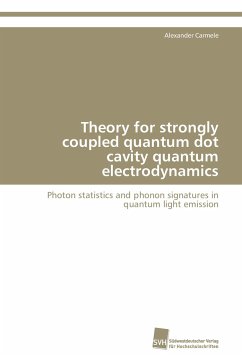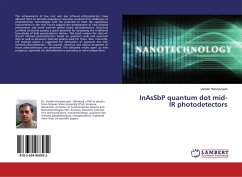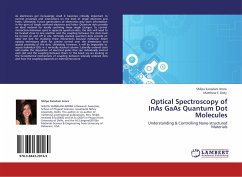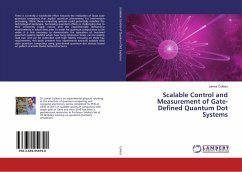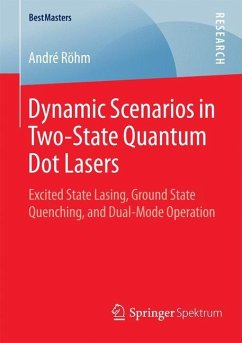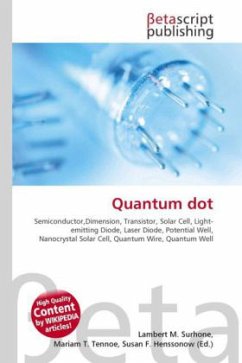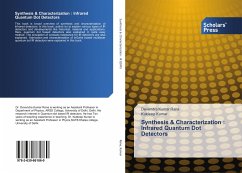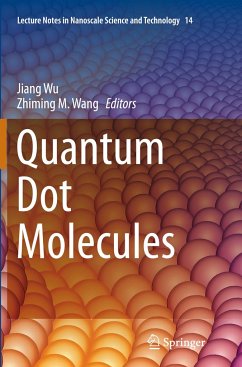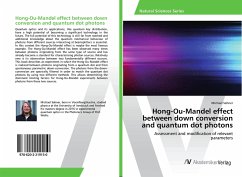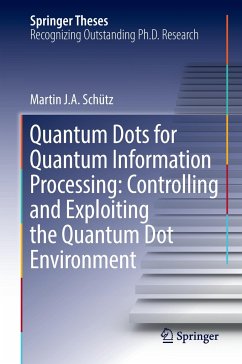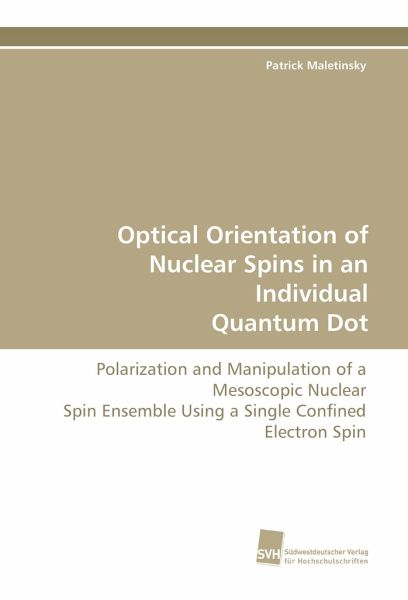
Optical Orientation of Nuclear Spins in an Individual Quantum Dot
Polarization and Manipulation of a Mesoscopic Nuclear Spin Ensemble Using a Single Confined Electron Spin
Versandkostenfrei!
Versandfertig in 6-10 Tagen
53,90 €
inkl. MwSt.

PAYBACK Punkte
0 °P sammeln!
Electron spins trapped in solid-state systems canexhibit strong hyperfine interactions with a nuclearspin reservoir, which is normally fluctuating andrandomly oriented. As this represents a fundamentaldecoherence mechanism for the electron spin, severaltheoretical scenarios to suppress this effect insemiconductor quantum dots (QDs) have been proposed.However, implementing these proposals requires adeeper understanding of the properties of the QDnuclear spin ensemble and of the possibilities tomanipulate the nuclear spins. The present workdescribes an experimental assessment of these topics.Opt...
Electron spins trapped in solid-state systems can
exhibit strong hyperfine interactions with a nuclear
spin reservoir, which is normally fluctuating and
randomly oriented. As this represents a fundamental
decoherence mechanism for the electron spin, several
theoretical scenarios to suppress this effect in
semiconductor quantum dots (QDs) have been proposed.
However, implementing these proposals requires a
deeper understanding of the properties of the QD
nuclear spin ensemble and of the possibilities to
manipulate the nuclear spins. The present work
describes an experimental assessment of these topics.
Optical preparation and detection of the spin and
energy of QD electrons was used to manipulate and
measure the average nuclear spin polarization (NSP)
in an individual QD. Studying NSP as a function of
external paramters such as magnetic fields, QD charge
and of time revealed the nonlinear character of
electron-nuclear spin coupling and led to the
identification of the dominant spin-relaxation
mechanisms for QD nuclei. Ultimately, further
understanding of the subtle interactions that govern
the QD nuclear spin system could enable us to improve
the spin coherence time of QD electrons.
exhibit strong hyperfine interactions with a nuclear
spin reservoir, which is normally fluctuating and
randomly oriented. As this represents a fundamental
decoherence mechanism for the electron spin, several
theoretical scenarios to suppress this effect in
semiconductor quantum dots (QDs) have been proposed.
However, implementing these proposals requires a
deeper understanding of the properties of the QD
nuclear spin ensemble and of the possibilities to
manipulate the nuclear spins. The present work
describes an experimental assessment of these topics.
Optical preparation and detection of the spin and
energy of QD electrons was used to manipulate and
measure the average nuclear spin polarization (NSP)
in an individual QD. Studying NSP as a function of
external paramters such as magnetic fields, QD charge
and of time revealed the nonlinear character of
electron-nuclear spin coupling and led to the
identification of the dominant spin-relaxation
mechanisms for QD nuclei. Ultimately, further
understanding of the subtle interactions that govern
the QD nuclear spin system could enable us to improve
the spin coherence time of QD electrons.



